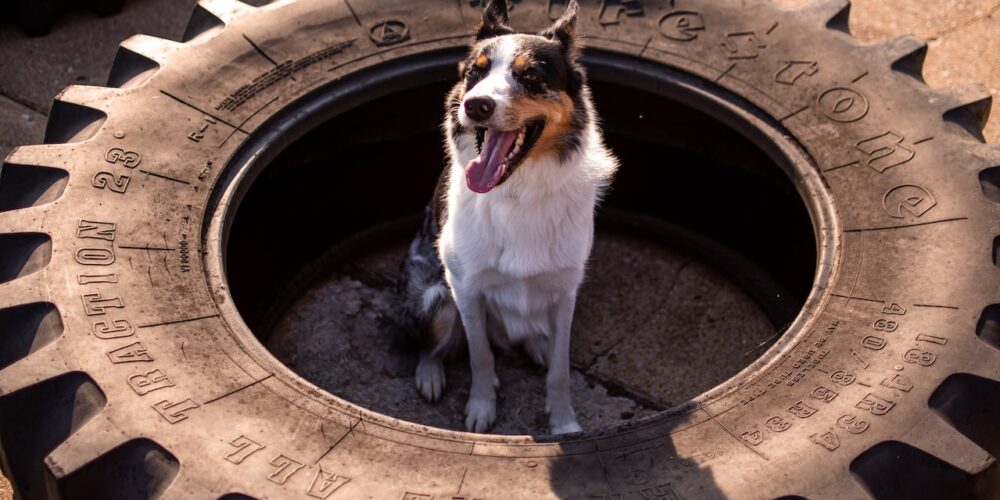
Warning Signs of Dog Rabies: Please Be Aware of These Signs
Today, we delve into a topic that is as serious as it is important – recognizing the warning signs of dog rabies. As much as we adore our furry companions, it’s crucial to stay vigilant and informed about potential health risks that could affect them, especially if you want to know the dangers of a dog bite.
While rabies may seem like a distant concern for many, knowing how to identify the early indicators can make all the difference in ensuring your precious pooch receives timely medical attention. So let’s take a closer look at those signs.
Unsteady, Staggering Gait
 If you notice your furry friend stumbling or having difficulty maintaining their balance while walking, it could be cause for concern. This symptom may manifest as a wobbly or drunken-like movement in your dog’s legs. An unsteady gait can be attributed to the virus attacking the nervous system, affecting coordination and muscle control. Note that these symptoms may not appear immediately after exposure to rabies; they can take several days or even weeks to materialize.
If you notice your furry friend stumbling or having difficulty maintaining their balance while walking, it could be cause for concern. This symptom may manifest as a wobbly or drunken-like movement in your dog’s legs. An unsteady gait can be attributed to the virus attacking the nervous system, affecting coordination and muscle control. Note that these symptoms may not appear immediately after exposure to rabies; they can take several days or even weeks to materialize.
If you observe this abnormal behavior in your beloved companion, it’s crucial to seek veterinary care promptly. Remember, early detection plays a vital role in increasing the chances of successful treatment.
Avoidance of Water and Unwilling to Drink
One of the warning signs of dog rabies that pet owners should be aware of is when their furry friend starts avoiding water and becomes unwilling to drink. Please, take note of this behavior, as it can be a clear indication that something is not right with your dog’s health. Dogs are naturally drawn to water, whether it’s for drinking or playing. So, if you notice your dog suddenly hesitating or completely avoiding their water bowl, it could be cause for concern. Rabies impacts the nervous system and can result in changes in behavior, including an aversion to water. Rabies even causes intense fear and anxiety in infected animals, which may explain why they become unwilling to drink.
Seizures
These sudden and uncontrollable episodes can be both frightening and dangerous for your furry friend. During a seizure, a dog may experience convulsions, loss of consciousness, twitching limbs, and even foaming at the mouth.During a seizure episode, it’s essential to keep yourself safe while also ensuring that your dog doesn’t injure themselves in the process. Move any sharp objects or furniture out of their way and gently guide them away from stairs or other potential hazards.
Paralysis
Paralysis is the most alarming sign of the late stage of dog rabies that pet owners should be aware of. This condition occurs when the virus attacks the nervous system, leading to a loss of muscle function in various parts of the body. These can include weakness or inability to move their hind legs. You may notice your furry friend struggling to walk or even dragging themselves across the floor. In some cases, dogs with rabies may experience facial paralysis, which can cause drooping eyelids, difficulty closing their mouth properly, and changes in their bark or voice. This can be particularly distressing for both the pet and its owner.
Always keep in mind that rabies is almost always fatal once symptoms appear. Vaccination against this deadly virus is key in preventing its spread and protecting both pets and people from harm. Regular check-ups with your vet are vital for ensuring that your furry friend stays up-to-date on their vaccinations.
